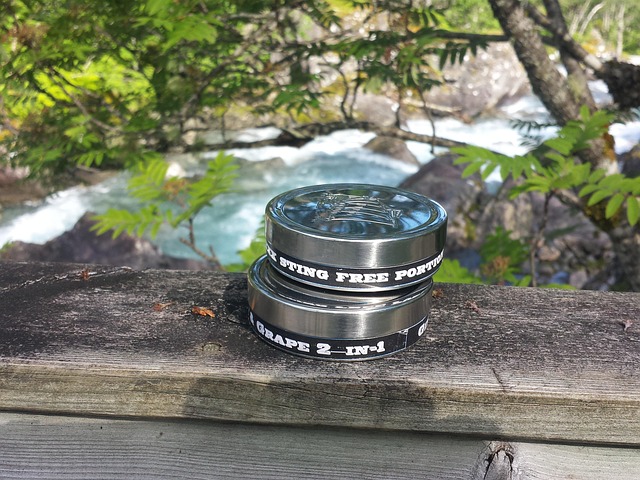Sewage backup in San Antonio homes after flooding requires immediate action to prevent waterborne diseases. Testing reveals harmful bacteria and viruses in water sources. Safeguards include containing contamination, removing affected items, sanitizing surfaces with bleach or approved solutions, and implementing professional-grade disinfectants to mitigate health risks and promote a safe environment through effective disinfection strategies.
After a flood, proper sanitation and disinfection are crucial for ensuring safe living conditions in San Antonio homes. This article guides homeowners through critical steps post-disaster, focusing on assessing water contamination from sewage backups, implementing safe sanitation practices, and employing effective disinfection strategies during the cleaning process. Understanding these essential practices is vital to mitigating health risks associated with floodwater and restoring your home to a habitable state.
- Assessing Flood Water Contamination in Homes
- Safe Sanitation Practices After Sewage Backup
- Effective Disinfection Strategies for Post-Flood Cleaning
Assessing Flood Water Contamination in Homes

After a flood, assessing water contamination in homes is crucial for ensuring safe sanitation and preventing health risks. In cases of severe flooding, especially when there’s been a sewage backup, the potential for harmful bacteria, viruses, and parasites to infiltrate drinking water sources increases significantly. This includes not just surface water but also groundwater, well water, and even pipes within the home.
Professionals recommend testing water sources as soon as possible after a flood event, especially in San Antonio homes where sewage backup is a common concern. Proper sampling and laboratory analysis can determine the presence of contaminants like E. coli, Salmonella, and other pathogens that pose serious health threats. Understanding the extent of contamination guides subsequent disinfection and cleanup efforts, ensuring that residents are protected from waterborne diseases during the aftermath of a flood event.
Safe Sanitation Practices After Sewage Backup

After a sewage backup in San Antonio homes, adhering to safe sanitation practices is paramount. The initial step involves containing and removing contaminated materials immediately to prevent further contamination and health risks. This includes wearing protective gear such as gloves, masks, and goggles during cleanup. Any items that have come into contact with raw sewage should be disposed of properly, ensuring they don’t enter the regular trash stream to avoid community exposure.
Sanitizing surfaces thoroughly is crucial using appropriate disinfectants like bleach or approved sanitation solutions. Concentrate on high-touch areas like doorknobs, light switches, and bathroom fixtures. Ensure thorough rinsing after applying disinfectants and allow surfaces to dry completely before use. Following these practices helps mitigate the risk of diseases associated with sewage contamination, promoting a safer environment for residents in San Antonio homes post-sewage backup cleanup.
Effective Disinfection Strategies for Post-Flood Cleaning

After a flood, one of the most critical steps is implementing effective disinfection strategies to ensure safe and healthy living spaces. In areas affected by sewage backup, like San Antonio homes, thorough cleaning is essential to prevent the spread of diseases and unpleasant odors. The initial step involves removing all contaminated materials—including furniture, carpets, and drywall—to eliminate hidden sources of bacteria and mold.
Once the structure is prepared, professional-grade disinfectants should be used to sanitize surfaces. This includes high-touch areas like doorknobs, light switches, and countertops. Additionally, focusing on areas prone to water intrusion, such as crawl spaces and basements, will mitigate the risk of long-term mold growth and structural damage. Proper ventilation throughout the cleaning process aids in drying out the environment, which is crucial for preventing the breeding of bacteria and viruses.
After a flood, proper sanitation and disinfection are crucial for ensuring safe living conditions in San Antonio homes affected by sewage backup. By understanding the potential contamination of floodwater and implementing effective cleaning and disinfection strategies, homeowners can minimize health risks associated with post-flood environments. Following safe sanitation practices, such as discarding contaminated items and using appropriate disinfectants, is essential to prevent the spread of diseases and ensure a healthier recovery process for folks in flooded areas.
